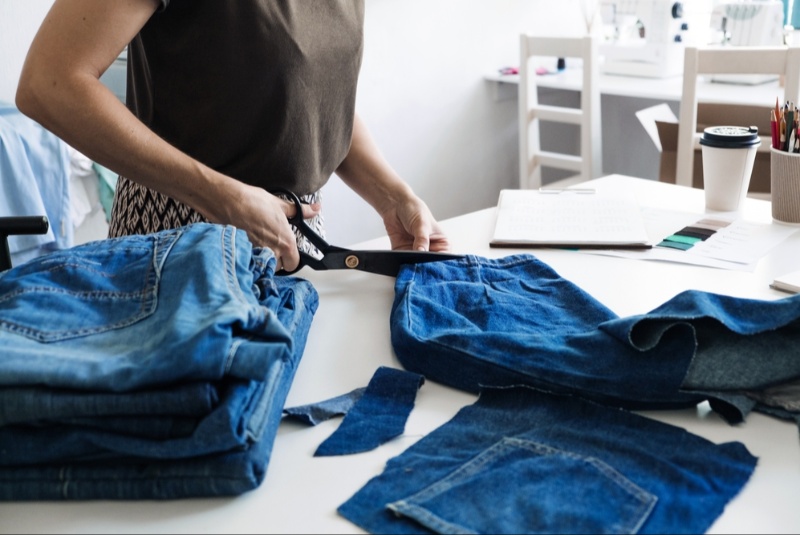In today's world, environmental sustainability is not just a buzzword; it's a way of life. The signs are everywhere – from the reusable bags we carry to the zero-waste lifestyle trends we aspire to. Amidst this transformative phase, eco-friendly crafting has emerged as a unique blend of creativity and conservation. Recycling and repurposing, the two pillars of this movement, offer a plethora of opportunities to turn old items into something beautiful and functional.
Recycling: Beyond the Bin
When we hear the word 'recycle,' the image that often comes to mind is the ubiquitous blue bin filled with plastic, paper, and metal items. However, in the realm of crafting, recycling takes on a broader meaning. It signifies the process of taking items which are seemingly at the end of their useful life and transforming them into a completely new entity.
For instance, consider the broken crayons that are often discarded. With a bit of imagination and a few simple steps, they can be melted down into multi-colored crayons or even whimsical candles. Old T-shirts, which may have been destined for the rag bin, can be woven into chic rugs or braided into stylish necklaces.
Repurposing: New Uses for Old Things
Repurposing is all about finding a new purpose or function for an item. It's looking at an old ladder and seeing a rustic bookshelf or envisioning an old window as a quirky photo frame. Repurposing does not always require the item to undergo major transformations. Sometimes, it’s as simple as using it in a new context.
One of the most delightful aspects of repurposing is the surprise element. An antique teacup can be the centerpiece of a fairy garden, while wine corks can be the foundation for a quirky bulletin board. Every item you repurpose is a statement against wastefulness and a testament to your creativity.

Benefits of Eco-friendly Crafting
- Conservation of Resources: Every item recycled or repurposed is one less item in the landfill. It helps conserve the resources and energy that would otherwise be utilized to produce a new item.
- Economic Benefits: Crafting using recycled materials can be a cost-effective alternative to purchasing brand new craft supplies. Plus, repurposing items already present at home can lead to significant savings.
- Unique Creations: With recycled crafting, you are assured of one thing – your creation is one-of-a-kind. The uniqueness of the source materials ensures that no two projects are ever completely alike.
- Educational Opportunity: It offers an excellent platform for parents and educators to teach children about the importance of recycling and sustainability. Crafting projects can be a fun and interactive way to instill these values early on.
- Boosted Creativity: Working with materials that aren’t traditional craft supplies forces one to think out of the box. Over time, this nurtures and hones creative skills.
Getting Started
If you're new to the world of eco-friendly crafting, here are some tips to set you on the right path:
- Inventory Your Resources: Before embarking on a project, take stock of what you have. Old magazines, fabric scraps, empty jars, or even broken jewelry can be goldmines for crafters.
- Inspiration is Everywhere: From Pinterest boards to DIY blogs, there's no shortage of inspiration online. Even a simple walk around your neighborhood can give you fresh ideas.
- Join a Crafting Community: Crafting communities, both online and offline, can be great places to exchange ideas, gather resources, and get feedback.
- Experiment and Have Fun: Not every project will be a masterpiece, and that's okay. The joy of eco-friendly crafting is as much in the process as it is in the final product.
Recycling and repurposing in crafting is not just about creating beautiful things. It’s a philosophy, a sustainable way of life that embraces the old, celebrates the new, and leaves a lighter footprint on the Earth. So, the next time you're about to discard something, take a moment to ponder – could it be the star of your next crafting project?




